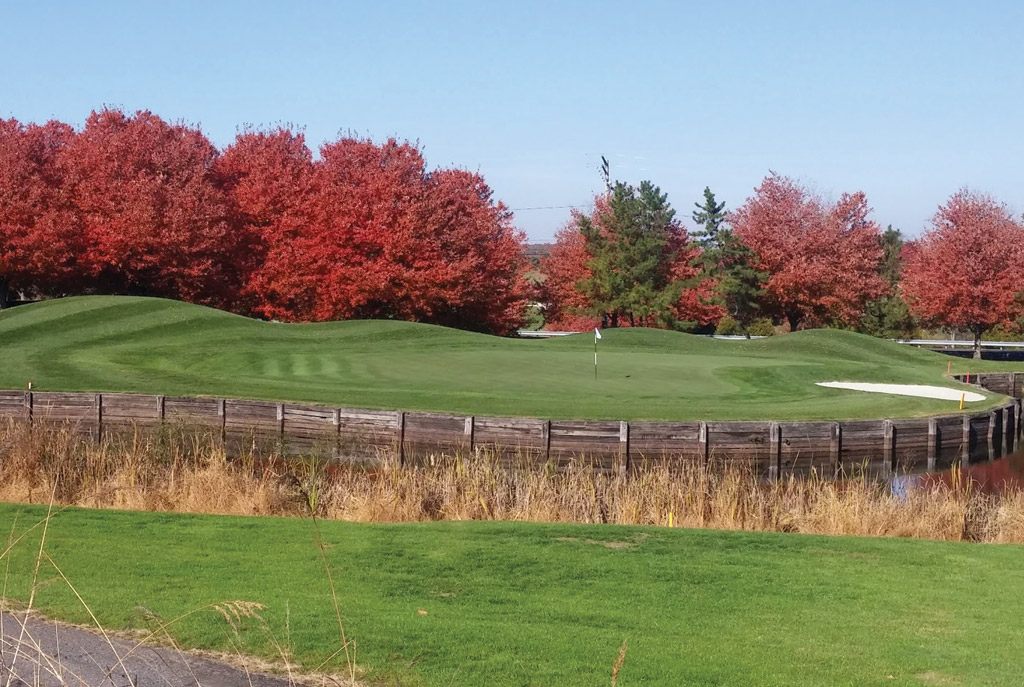[…]and degreasers in containers clearly marked with contents and date. Schedule collection by a commercial service. Blow off all equipment with compressed air to reduce damage to hydraulic seals. Next: Equipment […]
[…]to reduce populations. Proper nutrition and irrigation often helps mask symptoms of ABW damage. For more information on ABW biology and control in Maryland, see Biology and Management of the Annual Bluegrass Weevil. 2005. University of Maryland. Best Management Practices Reduce the amount of annual bluegrass in infested areas. Remove overwintering habitat (i.e., pine litter and leaves). Monitor in the spring as adults migrate from overwintering and time insecticide applications for adults at peak migration time. Next: […]
[…]areas must meet requirements as described previously under Regulatory Considerations section. For more information on pesticide storage and handling in Maryland see the following: Pesticide Information Leaflet No. 39: Pesticide Storage and Security. 2012. University of Maryland. Chapter 8 “Transportation, Storage, and Security.” Maryland Pesticide Applicator Core Manual. pp. 124-135. Pesticide Information Leaflet No. 35: Synopsis of the Maryland Pesticide Applicators Law and Regulations. 2012. University of Maryland. Best Management Practices Maintain an inventory of all pesticides used and the SDS for each chemical. Avoid purchasing large quantities of pesticides that require storage for greater than six months. Adopt the “first […]
[…]management went into effect in May 2010. All jurisdictions in Maryland are implementing ESD for new development and redevelopment projects. For more information on ESD, see Chapter 5 “Environmental Site Design” in the Maryland Stormwater Design Manual. Next: Stormwater […]
[…]Society provides information on native plants in the state and the National Park Service offers information on native plants for Maryland. A list of drought-tolerant plants for landscape beds is available in Xeriscaping and Conserving Water in the Landscape. 2001. University of Maryland Extension. Superintendents can plan ahead by developing a water conservation plan to achieve a 10% reduction in water use before mandatory water restrictions are enacted. Communication should be maintained with water managers, golf club members, and the public to explain your water conservation efforts as a proactive approach to addressing water-related issues. Best Management Practices Select drought-tolerant varieties […]
[…]of the agronomic benefits of each (republished with permission from Environmental Best Management Practices for Virginia’s Golf Courses, Table 7-4, p. 94): Turfgrass Cultivation Methods and Rankings of Agronomic Benefits Method Compaction Relief Thatch control Water/air movement Disruption of play Core aeration High Good High Medium to high Deep drilling Medium Low High High Verticutting Low Best Medium Low to high Grooming None Very low Very low None Solid tining Low None High Medium-low Spiking/slicing None Very low Low None Core aeration is effective at managing soil compaction and aiding in improvement of soil drainage by removing small cores or […]

